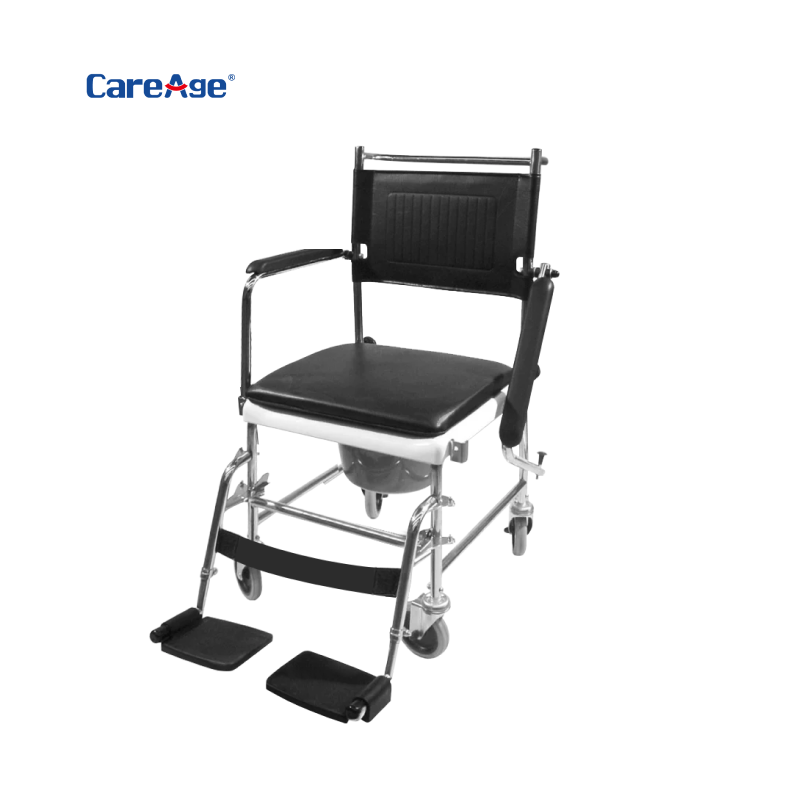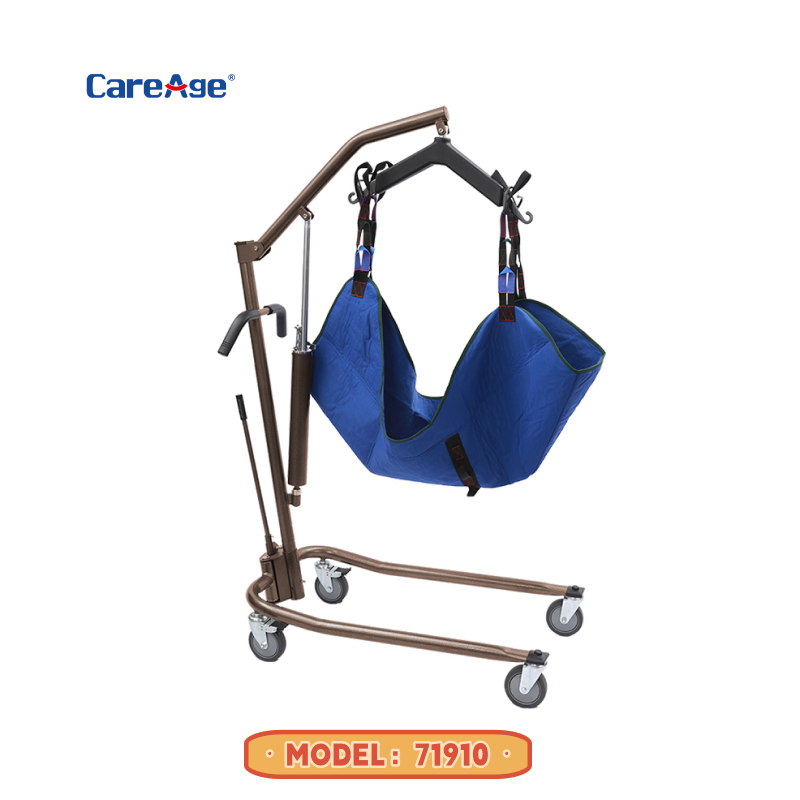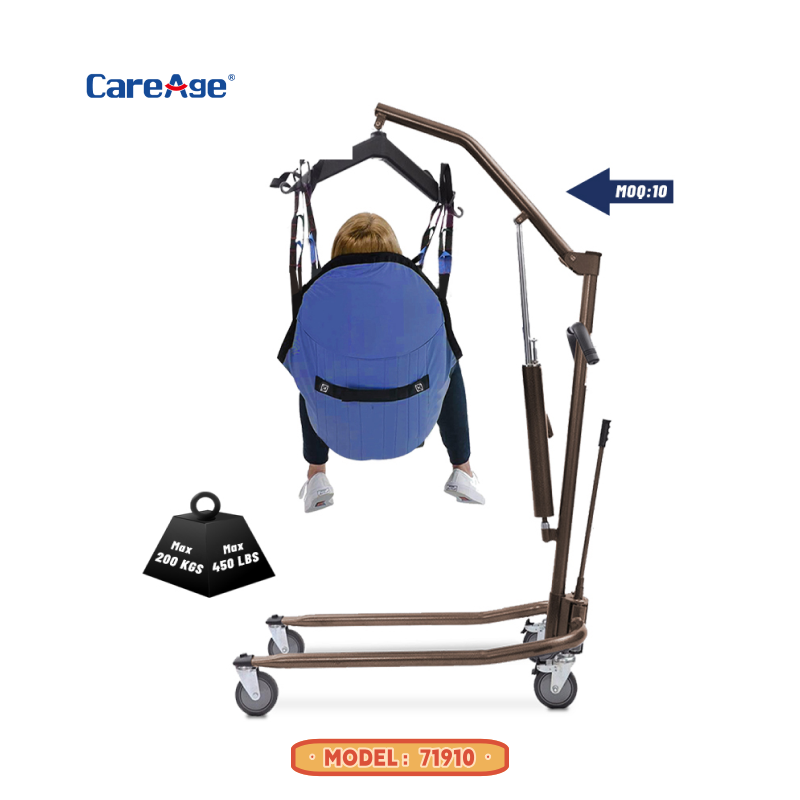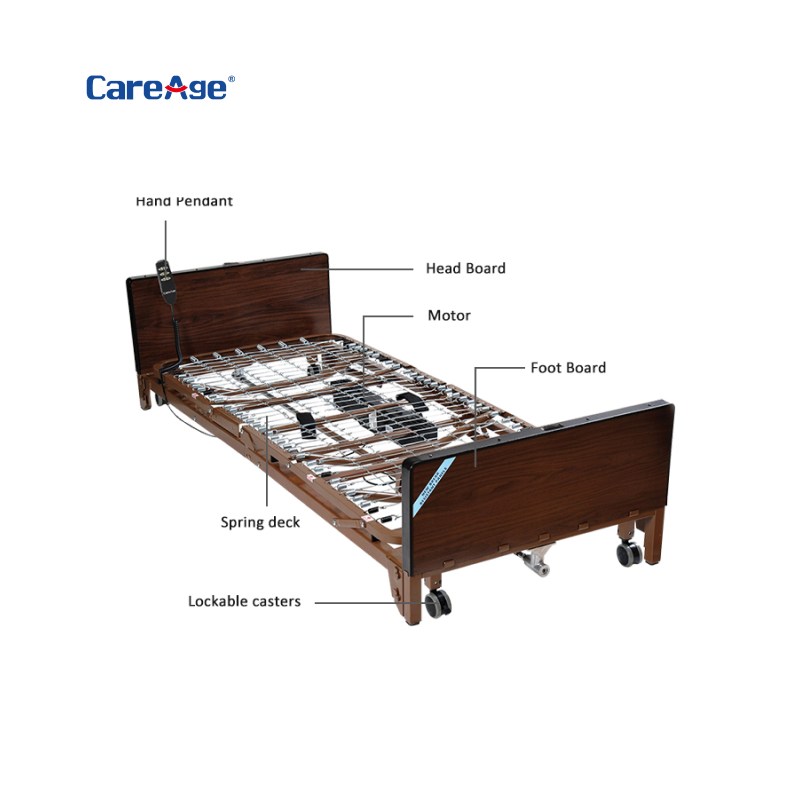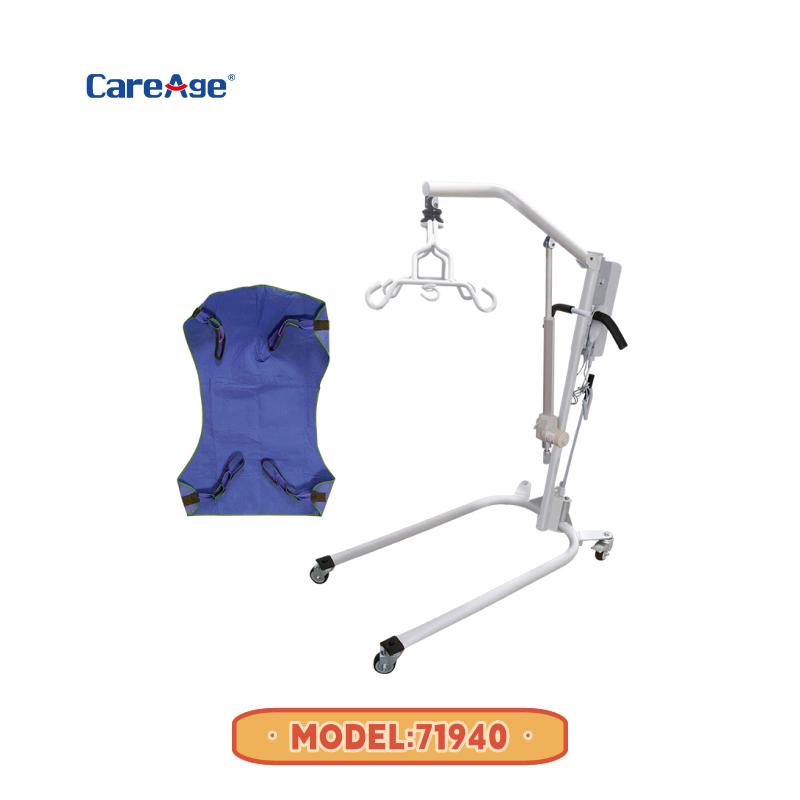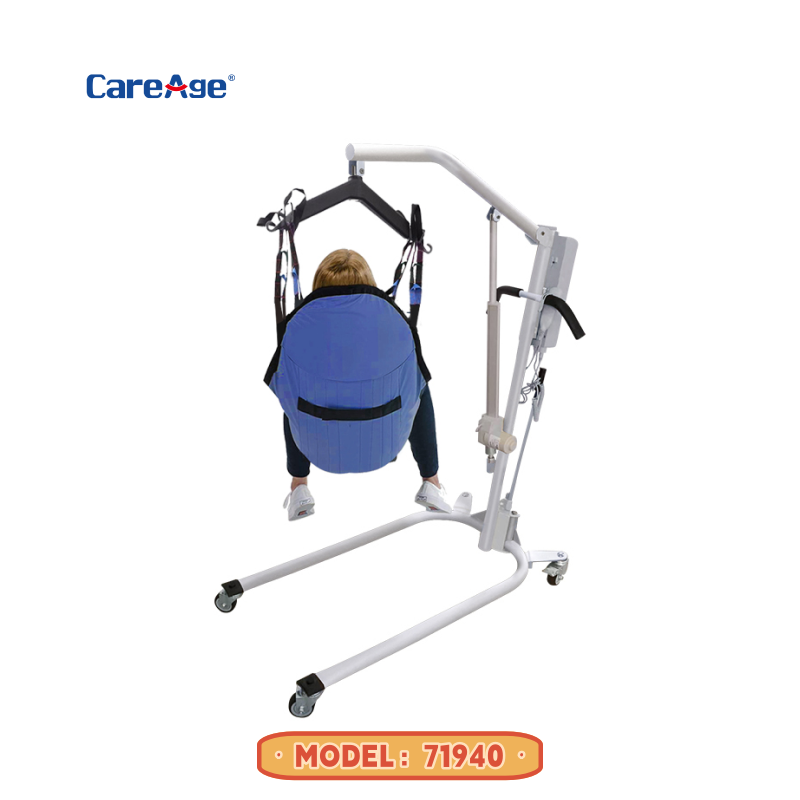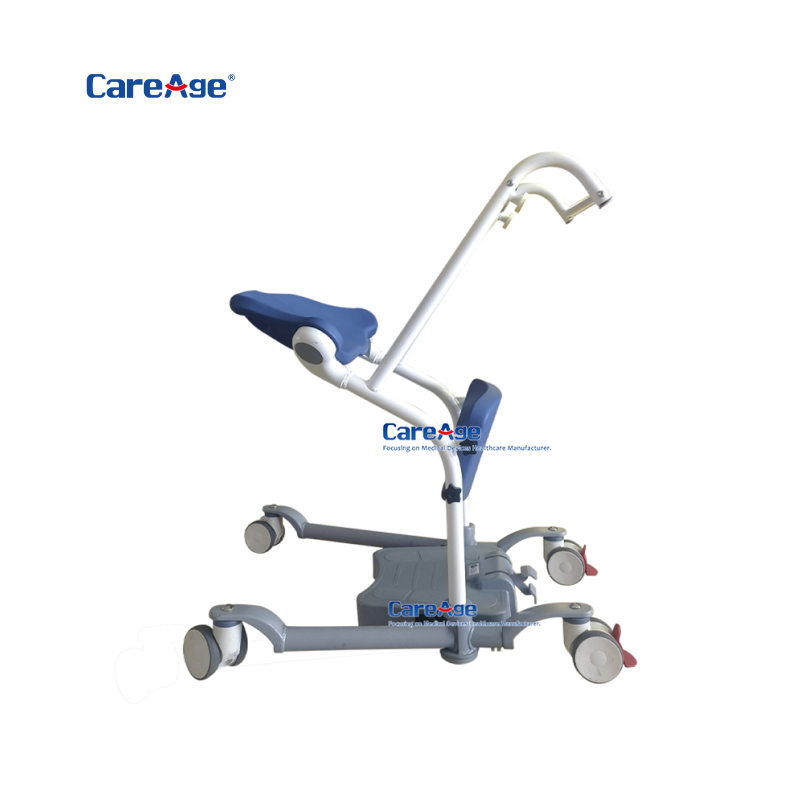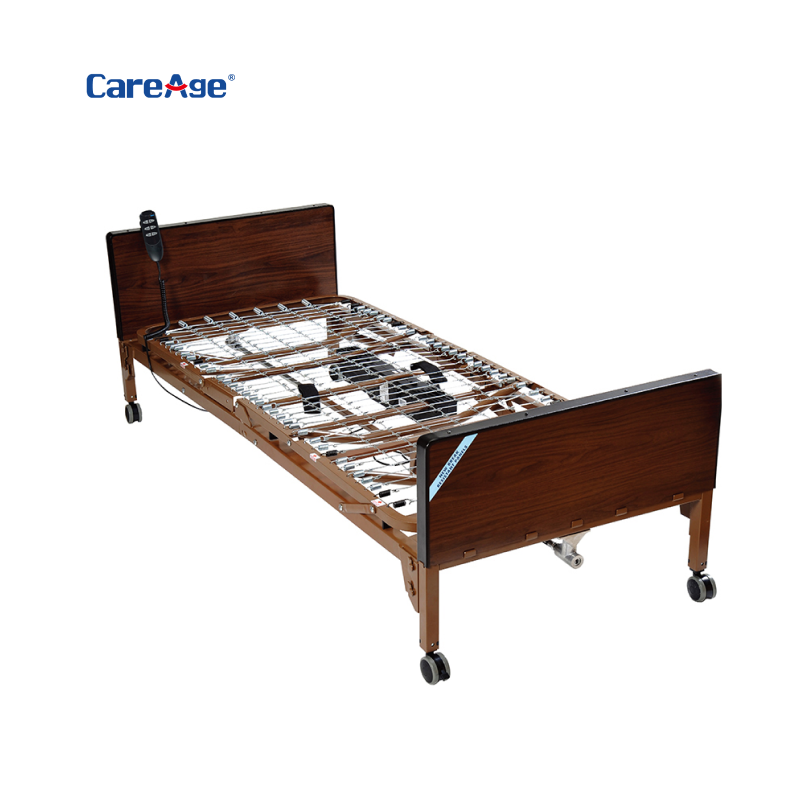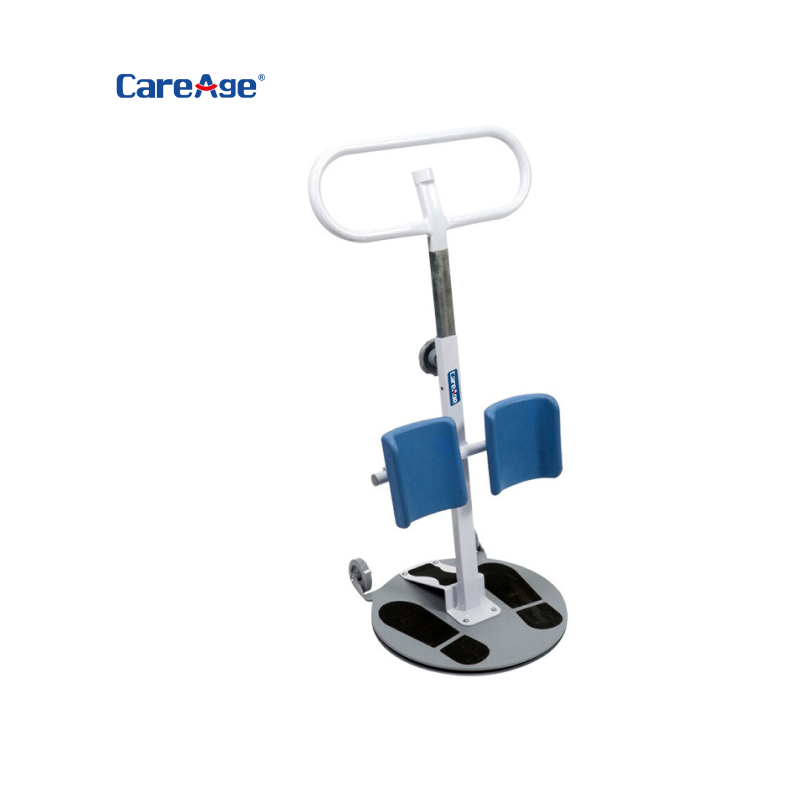In the medical nursing scene, safe transfer of patients is the core link to ensure patient comfort and nursing efficiency. For patients with limited mobility or in the postoperative recovery period, traditional manual handling may increase the risk of falls, while Patient Hoist, as a professional nursing equipment, can achieve precise and safe transfer through mechanical assistance. How to use the Portable Electric Patient Lift correctly? This article provides you with a detailed introduction.
1、 Core functions and types of Patient Hoist
The Patient Hoist achieves vertical lifting and lowering through hydraulic or electric systems, helping patients seamlessly transfer between beds, wheelchairs, bathrooms, and other environments. According to usage scenarios, Patient Hoists can be divided into Portable Electric Patient Lift and Fixed Hydraulic models. Among them, Portable Electric Patient Lift has become the preferred choice for home care and mobile medical scenarios due to its compact size after folding and the ability to fit into the trunk of a car.
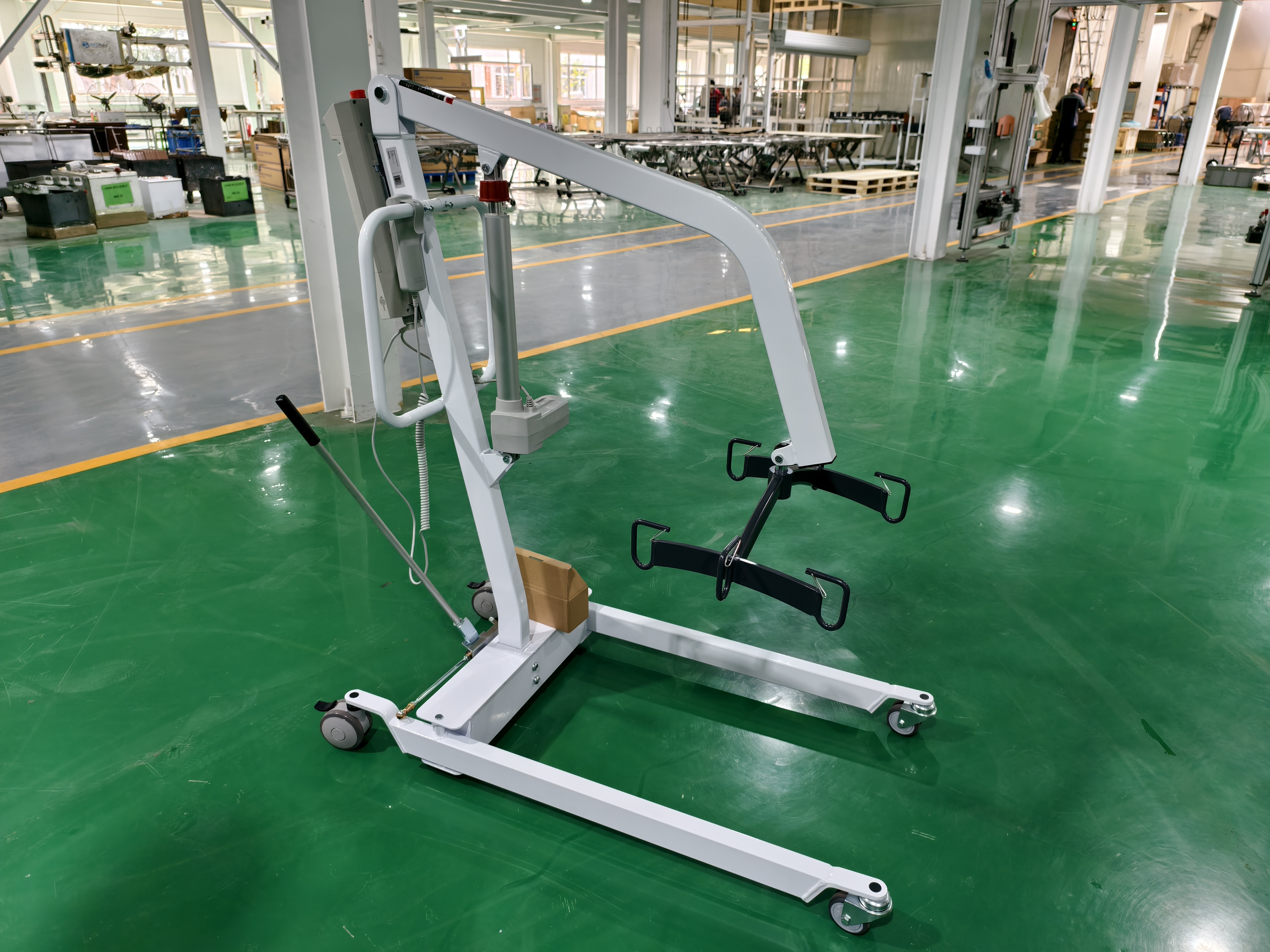
2、Portable Electric Patient Lift Operation Five Step Method
Equipment debugging and safety inspection
Expand the Patient Hoist base to its maximum width to ensure stability; After connecting the power adapter, test the lifting function of the boom through the remote control handle to confirm that there is no abnormal noise or jamming. Check if the edge of the sling is flat and avoid rubbing against the patient's skin.
Patient position adjustment and sling fixation
Assist the patient in lying on their side, unfold the folding sling and lay it flat on the lower back; After the patient flips to the opposite side, pull out the sling and adjust it to below the buttocks, ensuring that the opening of the sling is less than the patient's shoulder width. If the patient is unable to cooperate independently, two nursing staff must collaborate to complete the task.
Crane arm connection and trial lifting
Connect the sling hook firmly to the Patient Hoist boom hook, paying attention to left-right symmetry; Slowly lift the patient out of the bed to the appropriate height through the remote control handle, observe whether the equipment is balanced, and whether the patient feels uncomfortable.
Horizontal movement and positioning
Push the Patient Hoist to the top of the wheelchair, keeping the center of the base aligned with the wheelchair; During the descent process, nursing staff need to support the patient's knee joints with their hands, assisting their legs to naturally bend and make contact with the wheelchair seat surface.
Detach from the sling and wrap up
After confirming that the patient is sitting firmly, use the remote control handle to slightly lower the lifting arm and release the hook; Gently pull out the sling to avoid pulling the skin. Fold the Patient Hoist and store it in a dry place.
3、 Differentiation advantages of Portable Electric Patient Lift
Compared to traditional hydraulic models, the Portable Electric Patient Lift is driven by a brushless motor, with adjustable lifting speed and support for one button emergency braking. Its modular design allows for the replacement of different straps, catering to the needs of children to obese patients.
In the field of healthcare, Patient Hoists are not only devices, but also guardians of patient dignity. Both the convenience of the Portable Electric Patient Lift and the improvement of nursing efficiency by the Patient Hoist reflect the deep integration of technology and humanities. For more product details or care plans, please visit the official website www.careagehc.com or follow the LinkedIn account @CareAge Medical for professional care support.


